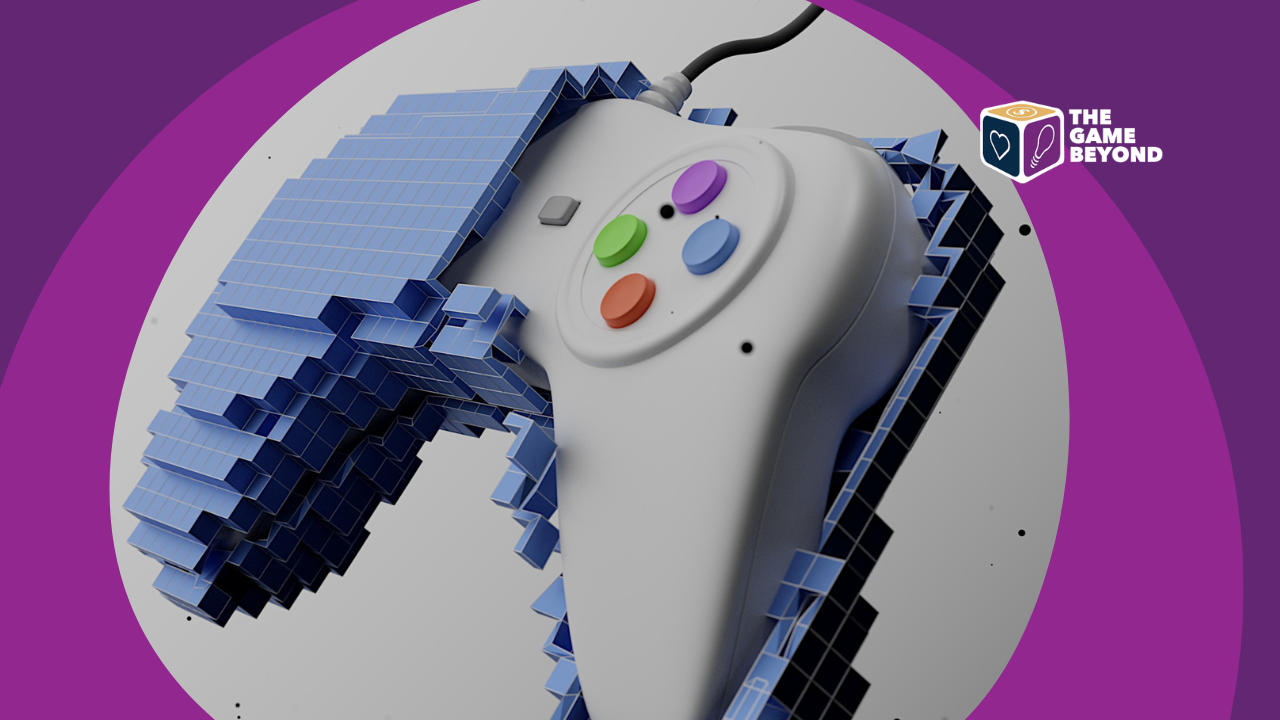Serious Games vs Gamification
Over the last 10 years, there has been a lot of talk about "Gamification". One of my creative partners heard it so much he banned the use of the word ''Gamification” from any discussion. Most people do not understand what 'Gamification’ means, but they've heard it used so often, that they think it is a handy hack. While implementing gamification into the design process can yield amazing success, it can also yield disastrous failures. Let's look at the key definition and differences between Gamification and Serious Games as the two categories are often mixed up.
Three Categories of Games
When looking through the lens of Serious Games, we categorize games into 3 types of categories.
Entertainment Games - Games whereby Entertainment is the primary goal.
Serious Games - Games with a Serious Purpose use elements from reality.
Gamification - Systems use Game Elements in reality.
Above we can see the different categories of games through the lens of a Serious Game Designer. Depending on the success parameters of a project, Good Serious Game Designers will know which category to implement at which time.
When talking with clients about new projects, it is important to define what the parameters for success are. Is there already an existing system that needs more engagement? Is there a new behavior that has to be learned? Is there a new methodology that needs to be understood? Each of these would require a different solution to be successful.
The common 'band-aid’ of Gamification is PBL; Points Leaderboards, and Badges. This can have terrible results as most of the time there is no value given to these mechanics. For instance, what value do the points in the system represent? Most often there is no worth given to these mechanics, except for the false notion that, “if we add points, it will be more fun.” What good is a badge or points if no one cares about it? Do not fall into that trap.
The Player's Path to Enlightenment
The goal of the Serious game Designer is to move people along a path of understanding, both physically and mentally. Our "Player's Journey'' goes through 4 different states of evolution.
Unconsciously Incompetent - Does not know and does not have the ability
Consciously Incompetent - Understands how but does not yet have the skill required
Consciously Competent - Understands how and has the skill required
Unconsciously Competent - Automatically performs the act without thinking
The first 2 stages of this journey require a Serious Game. The last 2 steps require Gamification. Using the incorrect method in the path leads to the failure of a project. Below we see a timeline of how to properly useSerious Games and Gamification to change behavior over time.
To go into all the different methods used in Serious Games and Gamification would take far too long for this blog post. If you are interested in learning more, I suggest one of my Game Design Courses online. If you just want to learn the Basics of Game Design, there is a self-paced option for you. If you have a calling to become a Serious Game Designer, there is also a Masterclass option for you. Either way, I hope that this article has given you some better insight into how Games are being used to change the world around us. I hope to see you in our online school!



